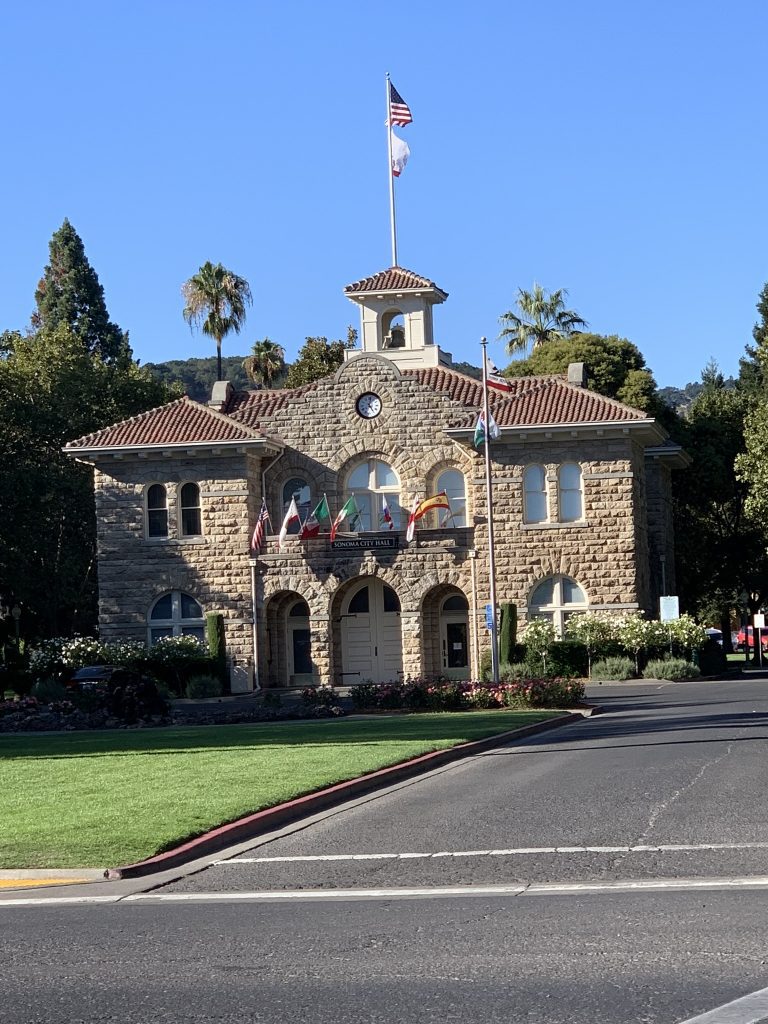How far would we need to drive to share a relaxing fall weekend with our kids? That was the question I posed as we approached our son Charles’ 25th birthday. After a bit of research, the answer turned out to be only an hour or so away in beautiful Sonoma County.
Most people associate Sonoma with wine country and are 100% correct. Some of the world’s best grapes are grown here, and the result is award-winning reds, whites and other assorted wines on shelves around the world.
For this trip, though, I wanted the five of us to return a little in time, back to the rustic and rural settings that are so easy to find in Sonoma County. Of course, we wanted to enjoy fine weather, excellent food and new landmarks we hadn’t experienced before.
We left Hayward and crossed the bay on the long-standing Richmond Bridge. It’s nowhere near as fancy or famous as the Bay Bridge or the Golden Gate, but the sights along the way are spectacular. The expanse of San Francisco Bay is incredibly beautiful, and the sight of Angel Island on your left will leave you breathless. As you near the end of the bridge, you come upon San Quentin Prison, where brilliant views of the bay are designed to remind hardened prisoners of the world they are missing on the outside.
Soon after passing the famous Marin County landmark, we hopped on Highway 101 north and then cut across to Highway 37 east along the San Pablo Bay, where we saw plenty of abandoned and rotting boats submerged in thick mud. Over the years, this 21-mile route has been plagued by flooding as it crosses a marsh home to endangered harvest mice.
Eventually, we reached a crossroad that took us past the Sonoma Raceway, home to NASCAR events and the Sears Point Racing Experience, where drivers are taught how to race competitively or where they can take performance driving lessons on the track with their own cars. We haven’t tried that yet, but that must be a thrill.
The rest of the drive into the city of Sonoma was a relaxing meander past terraces of vineyards and homes that have been around for at least a century. Eventually, we reached the Sonoma Plaza, a cozy downtown area that met our requirements for a leap back in time. The City Hall building must have come out of central casting and is smack dab in the middle of the action. All around the square are quaint shops, restaurants and more than 30 wine tasting rooms. You could spend all day making the rounds here and never get bored. We stopped into a little shop that featured more varieties of olive oil than we thought possible. After some complimentary tastings, we settled on small bottles of garlic and basil olive oil plus another two ounces of strawberry balsamic vinegar.
Now for the step back into history. Across from Sonoma Plaza are the barracks used by the troops of General Mariano Guadalupe Vallejo, the man who created the town nearly 200 years ago. A statue commemorating the founder was dedicated in 2017. General Vallejo held high military positions in California when it was under Spanish and Mexican control. When California became a state, he helped draft its constitution and was elected a state senator. The general was also California’s first commercial wine grower.
His original home, Casa Grande, was lost in a fire, but you can still visit the site where his troops and servants lived and ate. Some argue that General Vallejo took advantage of native Americans who built this fort, but others defend him and point to his attempts to create treaties and protection for the tribes north of San Francisco Bay.
Directly across the street from where General Vallejo and his troops lived is the Mission San Francisco Solano, the 21st, last and northernmost of the California missions. The mission, founded by Father Jose Altamira, was established in 1823 by the California governor, who wanted to stave off the Russians, who were making a northward thrust.


1 thought on “SONOMA COUNTY”
Itís hard to come by educated people on this subject, but you seem like you know what youíre talking about! Thanks
דירות דיסקרטיות באילת Isadora Dockendorf